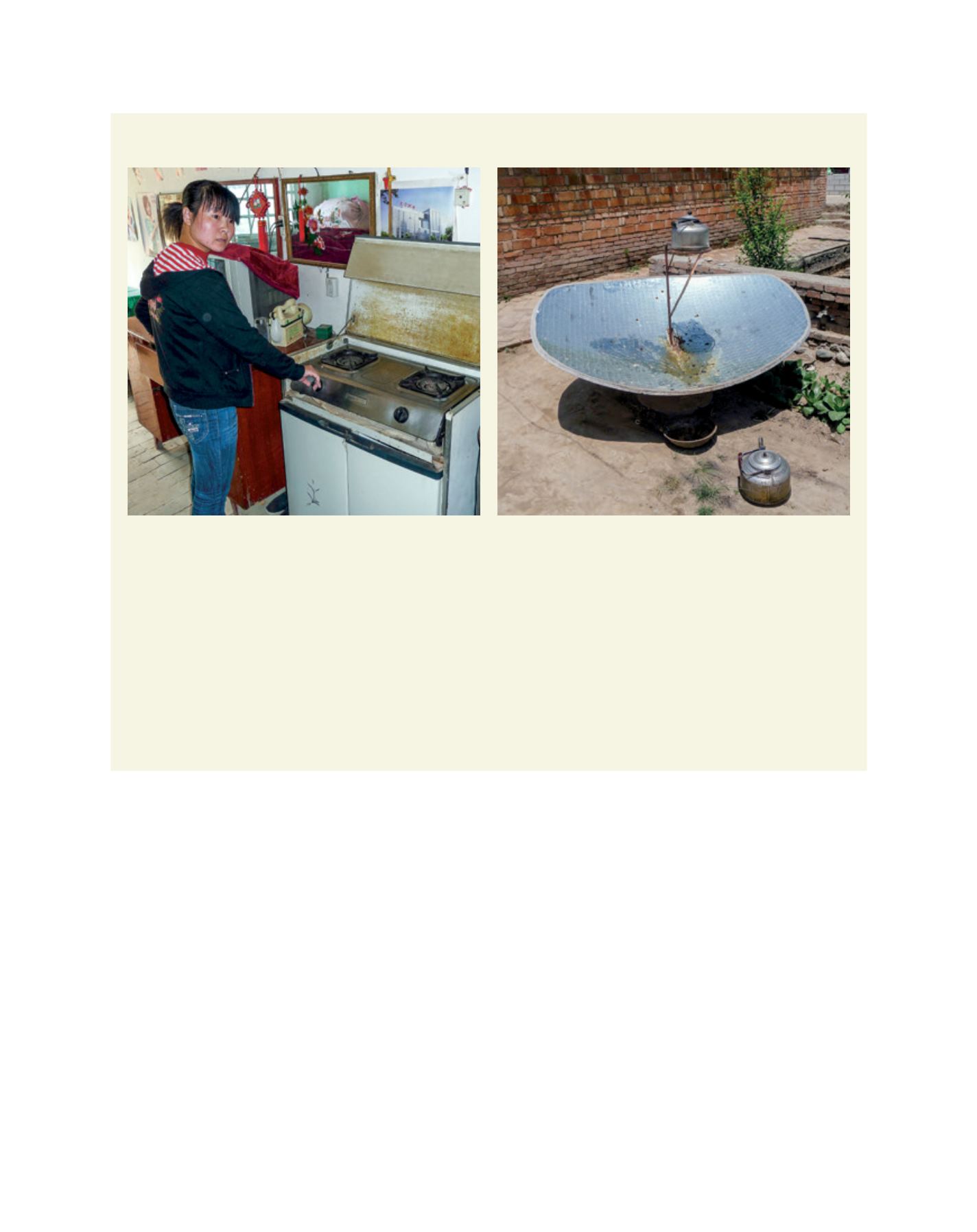

[
] 27
The partnership helped the six provinces and autonomous
regions formulate individual IEM strategies and action plans.
Until then, individual provincial agencies had followed narrow
strategies, each focusing on a fraction rather than the whole
of the wider problem. The governments have integrated the
strategies into their five-year planning cycles, and pay particular
attention to the sensitivity of the ecological environment, levels
of poverty in affected areas, and the potential environmental,
social and cultural benefits of prospective IEM projects.
The partnership implemented pilot projects to give the PRC’s
central, provincial and local agencies and dryland stakeholders
field experience in the adoption of the IEMapproach. These pilots
provided examples and guidance for a growing number of larger,
more widespread investments in subsequent years. The pilots have
also proven the ecological and development value, cost-effective-
ness and sustainability of the IEM approach on the ground.
Pilots focused on specific challenges in each province or
autonomous region. The sites were representative of prevailing
soil, vegetation, water and other natural resource conditions.
Villagers collectively helped choose the IEM interventions
they felt would best address their challenges. GEF provided
catalyst funding, but provincial and county governments were
co-financiers. Beneficiary households contributed in kind
and cash. Government officials, like the mayor of Huangyuan
County, Qinghai province, said they welcomed the knowledge
and hands-on experience of planning and implementing IEM
pilots, even more than the GEF financing.
Through the piloting of new technologies, the PRC
Government was able to document best practices to be added to
the database of theWorld Overview of Conservation Approaches
and Technologies, (WOCAT).
5
WOCAT is a global network that
collects, compares, disseminates and uses information on soil
and water conservation technologies and approaches.
In parallel, the pilot experiences have been integrated
into larger-scale sustainable land management investment
projects in Gansu and Shaanxi provinces and in Ningxia Hui
and Xinjiang Uygur autonomous regions. For example, ADB
is currently supporting the implementation of the Ningxia
Pilot projects: clean energy, conservation and salinity control
The partnership supported significant household-level investments
in alternative and renewable energy systems to reduce dependence
on wood, manure, straw and crop stubble. New heating and cooking
technologies like solar, biogas and electromagnetic stoves and pressure
cookers allowed villagers to make better ecological use of straw for
penned animal fodder, crop stubble for protecting topsoil and seedlings,
and manure for fertilizer. More efficient traditional stoves are being tested.
The Naiman Women’s Federation in Inner Mongolia worked closely with
the local government in promoting conservation agriculture and reducing
tillage. Women in dryland ecosystems have become increasingly responsible
for agriculture while men work away from farms. The women’s federation
reported that by keeping animals off fields and leaving straw and stubble
on the land, farms have reduced wind erosion, protected seedlings and
improved soil quality. Penned animals also increased in weight. The trial area
has been expanded.
In Minhe County, Qinghai province, villagers contributed to the purchase
of 35 new units of agricultural machinery for conservation agriculture and
reduced tillage. They shared maintenance expenses and developed a roster
system for sharing the machines among the 270 beneficiary households.
These farmmachineries and tools greatly reduced labour hours for tractor
ploughing, and even made tractors available to be hired out.
Gansu province adopted institutional and physical measures to combat
soil degradation in eight sites that suffer from severe primary or secondary
salinity. In former wetlands, Gansu province has instituted grazing bans
to restore the natural ecology. To biologically rehabilitate areas severely
affected by salinity due to too much irrigation, the province also pioneered
the use of Chinese wolfberry, also known as Goji berry, which is resistant to
drought and salt and is a highly profitable crop. The partnership provided
wolfberry farmers with field training in pruning and in the use of organic
fertilizer to replace chemical fertilizer, which is known to increase salinity.
Clean energy for cooking: biogas (left) and solar
Images: Frank Radstake
L
iving
L
and
















